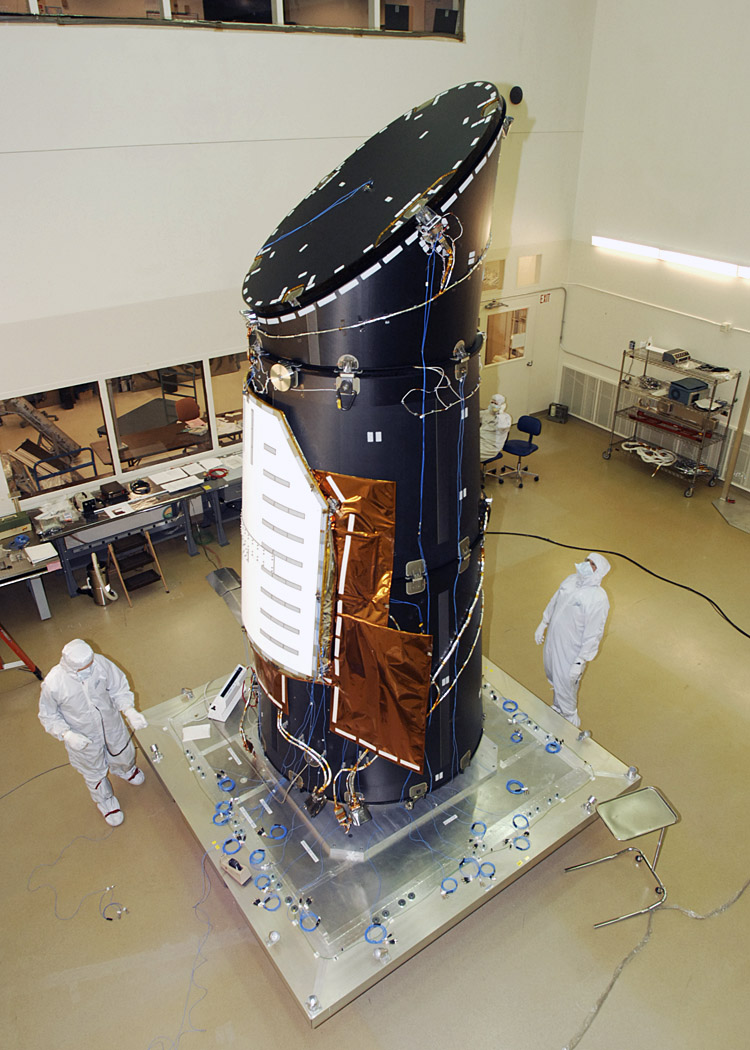
The Kepler Telescope
Launched from Cape
Canaveral Air Force Station in Florida on
March 6, 2009
In 2009, NASA launched the
Kepler telescope.
Also called NASA Discovery Mission #10,
Kepler’s mission was, and
continues to be, survey
of an area of our sky in
search for planets in what are called “habitable
zones.” A
“habitable
zone” refers to a
planet’s
distance from its host star. Us
Earthlings refer to Earth’s orbit as being within the
habitable
zone around our
star. When
studying other systems, it is
helpful to compare what we see to our own system. For
instance, a planet as
close to its star
as Mercury is to our star, will obviously not be
entirely habitable for human
life. The same can
be observed for
planets with similar distances from their stars, as
Uranus or Neptune are
from
our sun. These
planets would be too far
away to be within a habitable zone.
The Kepler telescope explores
the structures of various
planetary systems.
Some of the mission’s
objectives
include estimating how
many planets reside in other star systems,
the sizes of their orbits, and determining how many
planets
are within
habitable zones of various star systems.
Contents
Title Page
Kepler’s First Law of Planetary
Motion
Kepler’s Second Law of Planetary
Motion
Kepler’s Third Law of Planetary
Motion
NASA’s Kepler Telescope